African Openbill
Posted: Tue May 22, 2012 10:14 am
087. African Openbill Anastomus lamelligerus (Oopbekooievaar)
Order: Ciconiiformes. Family: Ciconiidae
Description
60 cm. A small stork appearing all-black. Black head, brown eye and tawny bill, grey and black throat, black upperparts and long, black legs. Shiny wings. At close range the gap between the mandibles is visible.
Sexes similar, male is larger with larger bill.
Juvenile is like ad but duller; bill initially straight and shorter.
Distribution
Across much of sub-Saharan Africa, from Mali to Ethiopia south to South Africa. In southern Africa, it is locally common in Mozambique, Zimbabwe, eastern South Africa (only in Kruger National park and northern Natal), northern Botswana and northern Namibia.
Habitat
Single or in flocks at large rivers, floodlands and pans in wooded regions.
Diet
It almost exclusively eats snails and bivalves. The bill is specialised for feeding on molluscs and bivalves. The lower mandible is used to slice through the muscle holding either the snail in its shell or the 2 halves of a bivalve shell. The upper mandible is used to steady the prey while the extraction is performed. The bird uses the sharp tip of its lower mandible to get past the protective plate which snails use to seal themselves into their shell.
Breeding
Monogamous, breeding in colonies, with 4-20 nests per tree. The nest is built by both sexes in roughly a week, consisting of a thin platform of sticks and twigs, lined with leaves, grass, sedges and other aquatic plants. It is typically placed in a tree or bush on an island or partially submerged area.
Egg-laying season is from August-May, peaking from January-March. It lays 3-5 eggs, which are incubated by both sexes for about 21-30 days. The chicks are fed by both parents on a diet of shelled snails, since even at 42 days old they still cannot extract the meat from the shell. They leave the nest at about 50-55 days old.
Call
Raucous croaks and honks. Listen to Bird Call.
Status
Locally common. May be resident or nomadic. Not globally threatened, although it is now classified as Near-threatened in South Africa, largely due to pesticides added to water to control mosquito populations, habitat loss and entanglement in fishing lines.
Order: Ciconiiformes. Family: Ciconiidae
Description
60 cm. A small stork appearing all-black. Black head, brown eye and tawny bill, grey and black throat, black upperparts and long, black legs. Shiny wings. At close range the gap between the mandibles is visible.
Sexes similar, male is larger with larger bill.
Juvenile is like ad but duller; bill initially straight and shorter.
Distribution
Across much of sub-Saharan Africa, from Mali to Ethiopia south to South Africa. In southern Africa, it is locally common in Mozambique, Zimbabwe, eastern South Africa (only in Kruger National park and northern Natal), northern Botswana and northern Namibia.
Habitat
Single or in flocks at large rivers, floodlands and pans in wooded regions.
Diet
It almost exclusively eats snails and bivalves. The bill is specialised for feeding on molluscs and bivalves. The lower mandible is used to slice through the muscle holding either the snail in its shell or the 2 halves of a bivalve shell. The upper mandible is used to steady the prey while the extraction is performed. The bird uses the sharp tip of its lower mandible to get past the protective plate which snails use to seal themselves into their shell.
Breeding
Monogamous, breeding in colonies, with 4-20 nests per tree. The nest is built by both sexes in roughly a week, consisting of a thin platform of sticks and twigs, lined with leaves, grass, sedges and other aquatic plants. It is typically placed in a tree or bush on an island or partially submerged area.
Egg-laying season is from August-May, peaking from January-March. It lays 3-5 eggs, which are incubated by both sexes for about 21-30 days. The chicks are fed by both parents on a diet of shelled snails, since even at 42 days old they still cannot extract the meat from the shell. They leave the nest at about 50-55 days old.
Call
Raucous croaks and honks. Listen to Bird Call.
Status
Locally common. May be resident or nomadic. Not globally threatened, although it is now classified as Near-threatened in South Africa, largely due to pesticides added to water to control mosquito populations, habitat loss and entanglement in fishing lines.
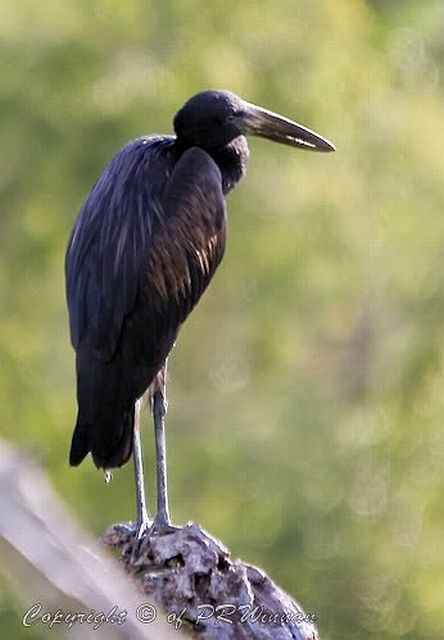
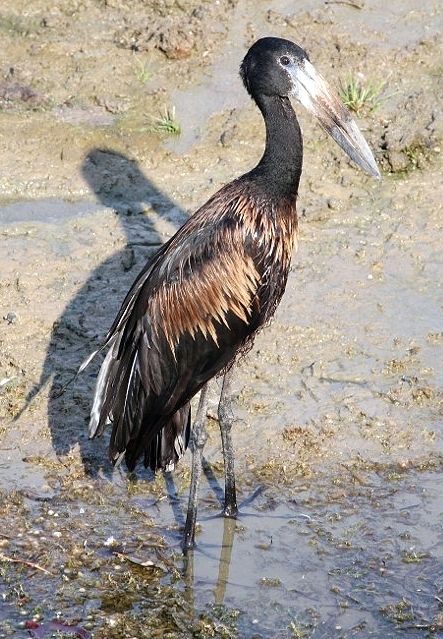 © nan
© nan © Borderline
© Borderline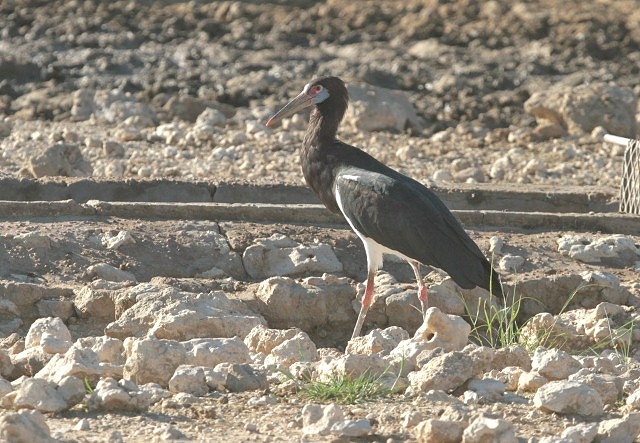 © nan
© nan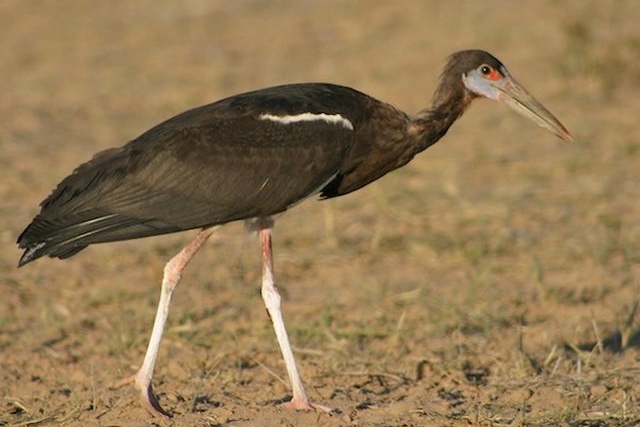 © ExFmem
© ExFmem © nan
© nan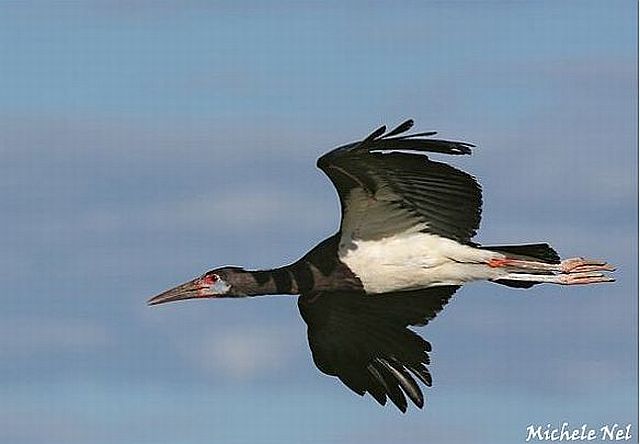 © Michele Nel
© Michele Nel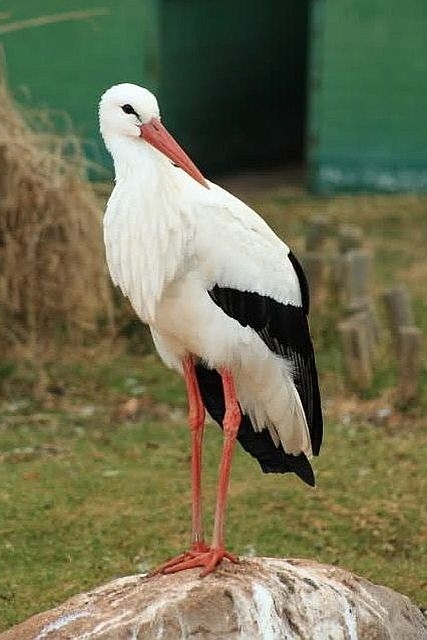
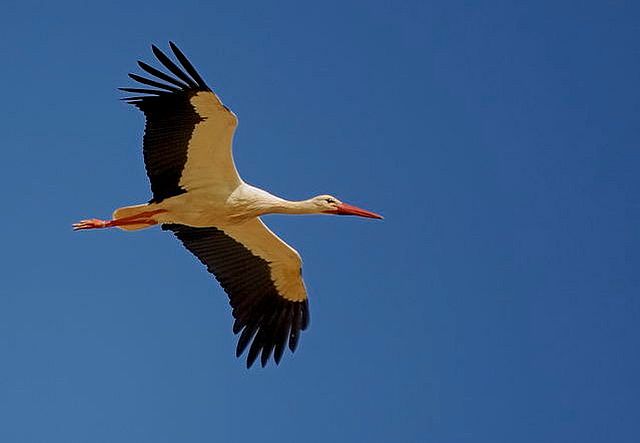 © Dewi
© Dewi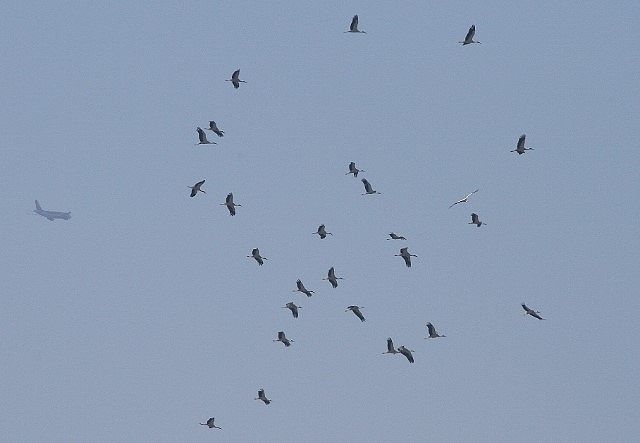 © nan
© nan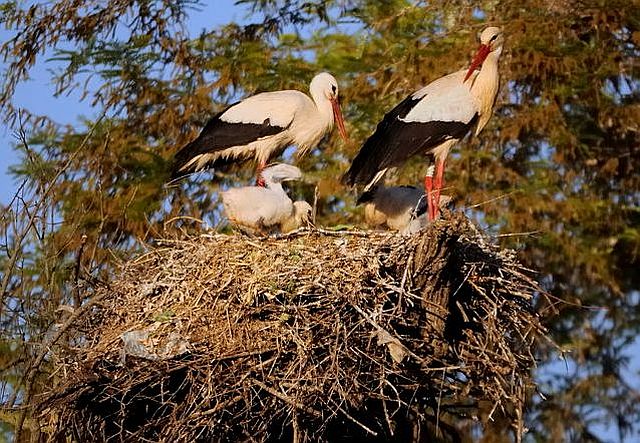 © Dewi
© Dewi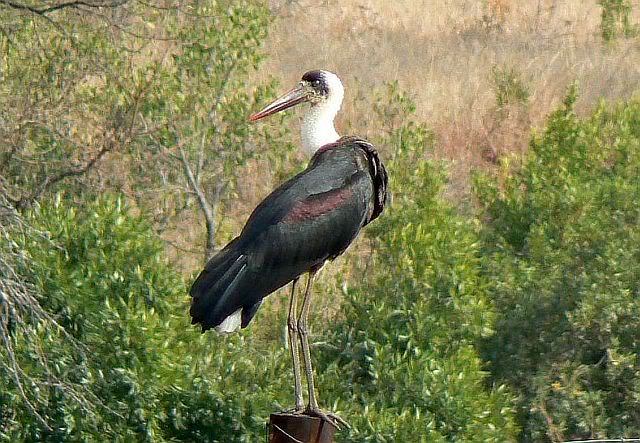 © Toko
© Toko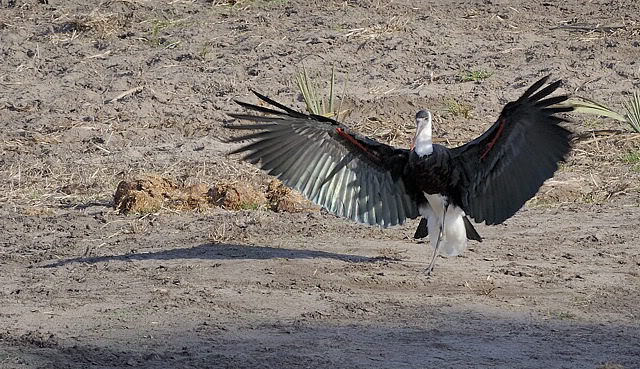 © Dewi
© Dewi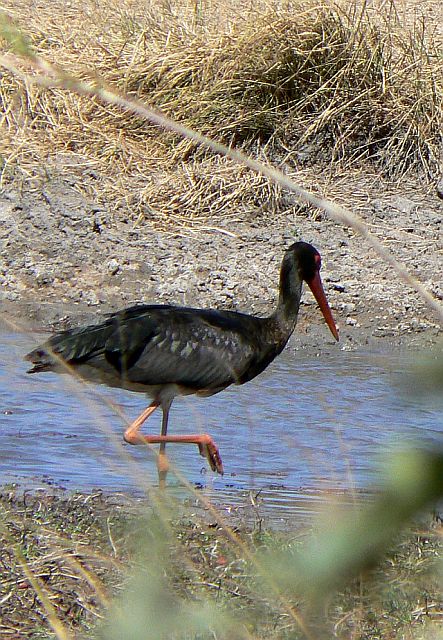 © Toko
© Toko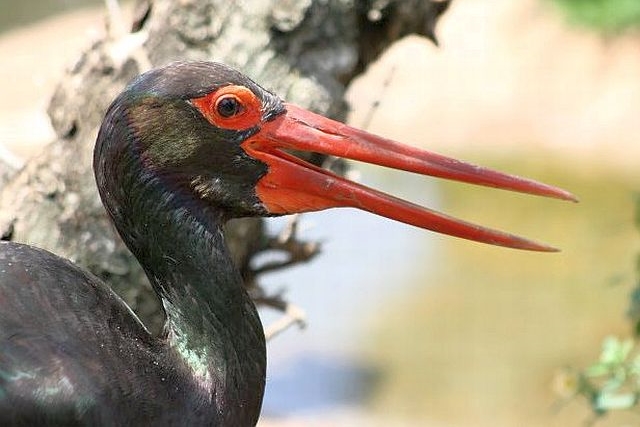 © Flutterby
© Flutterby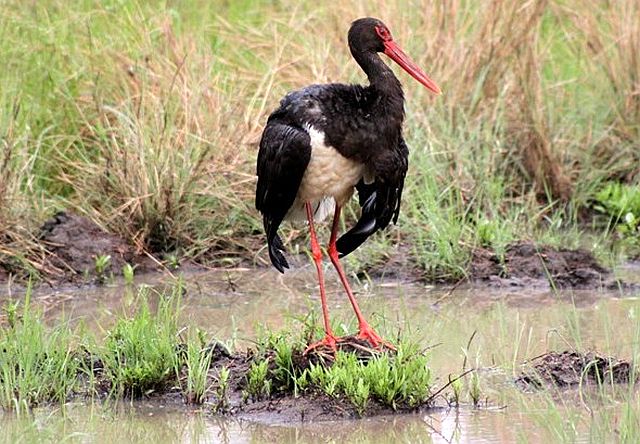 © Heksie
© Heksie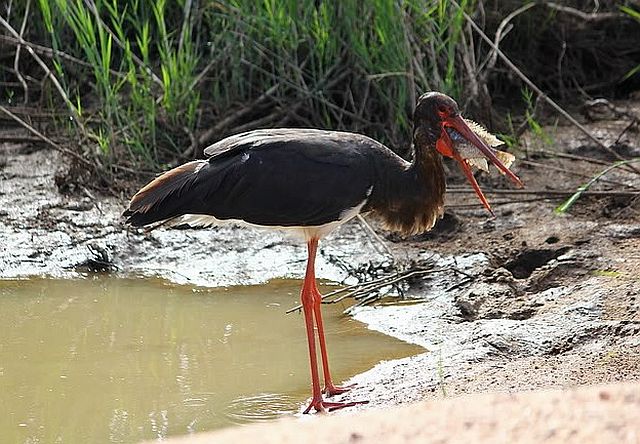 © Bushcraft
© Bushcraft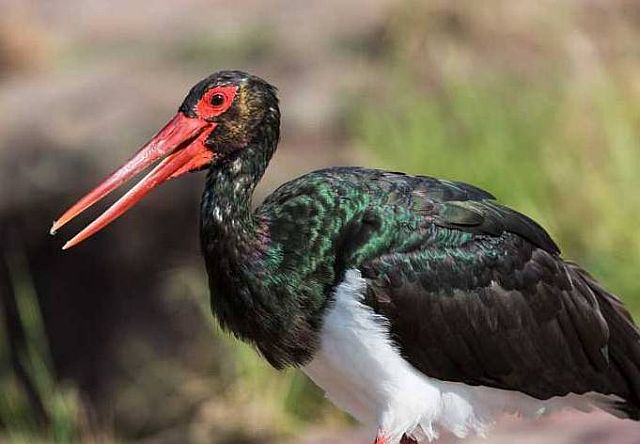 © Pumbaa
© Pumbaa